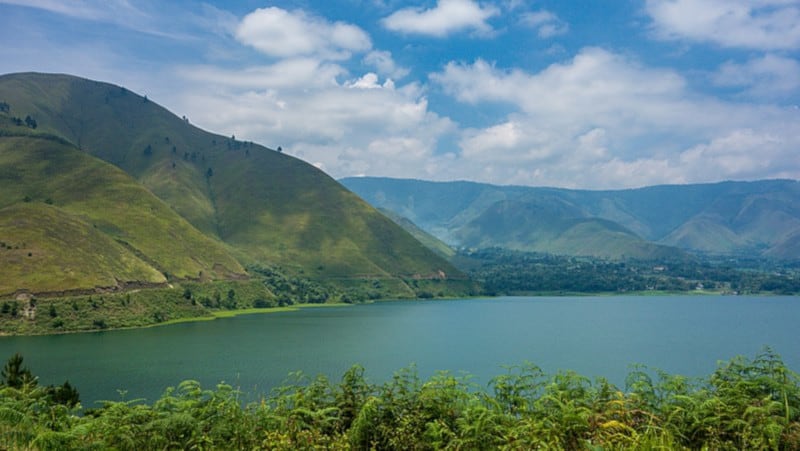
Lake Toba Facts
- The deceptively short title of Lake Toba serves as the most often employed common name for this gorgeous body of water. Yet, it does have a few other general monikers. In other languages, these include the similar terms Danau Toba and Tao Toba.
- Archaeological evidence indicates that humans knew of this amazing feature as long ago as roughly 1.5 million years. Stone tools and other artifacts unearthed in the region further suggest a continuous human presence until 74,000 years ago.
- At that time, the scientifically infamous Toba supereruption occured, leading to a volcanic winter and a significant bottleneck in human populations worldwide. However, evidence shows that man returned to the area relatively quickly afterwards.
- Since then, the area’s been continually inhabited by local Indigenous Peoples. Historians remain uncertain who among outside explorers holds credit for being first to sight it. Most, however, attribute this to the Portuguese in the early 16th century.
- Today, stunning Lake Toba merits several distinctions. Not only does it rank as the largest lake in the country it resides in, but it also qualifies as the largest volcanic lake on the planet. In 2020, UNESCO also named the caldera it sits in a Global Geopark.
- Presently, it represents a major tourist attraction, known for its stunning natural beauty, unique cultural experiences, and recreational activities such as boating, fishing, and hiking. Although its appeal’s understandable, this makes preserving it difficult.
Related Articles
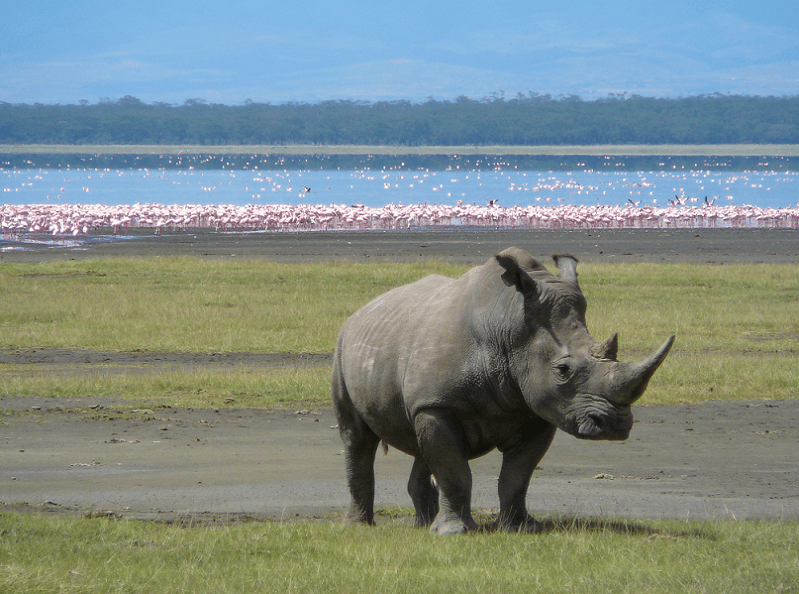
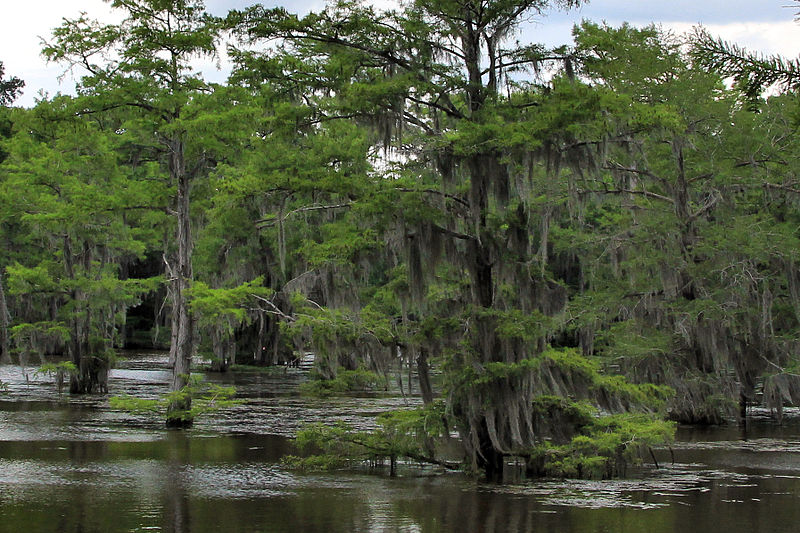
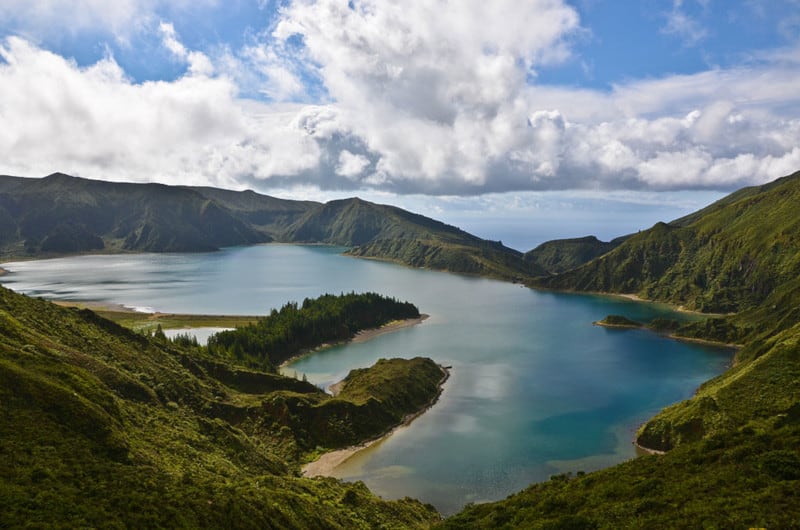
Lake Toba Physical Description
Magnificent Lake Toba instantly captures the attention of those individuals fortunate enough to visit the astounding site. It does so due to the fact that it’s one of the most remarkable geological features in the world, renowned for both its size and geological origin.
Though highly irregular in outline, its general shape remains roughly rectangular. In length, it measures a maximum of about 62 mi (100 km). In width, though, its widest point only reaches 19 mi (30 km). This gives it a surface area equaling 436 sq mi (1,130 sq km).
The combination of these multiple factors further provides the wonder with yet another astonishing characteristic. That’s its incredible liquid volume. Based on these dimensions, this one lake contains within its borders roughly 59 cu mi (244 cu km) of water!
But these aren’t its only impressive dimensions, to be certain. Tha’s because this wonder of geology also boasts a highly respectable depth. On average, this measures about 1,476 ft (450 m). At its deepest point, however, it plunges to approximately 1,657 ft (505 m).
Yet, the amazing Lake Toba doesn’t have to rely on just the water within it to draw interest. It also contains other natural wonders to please the eye. Samosir Island, about the size of Singapore, sits in the middle of the lake. It formed as a resurgent dome of the caldera.
That brings us next to the surrounding caldera itself. This structure serves to house the breathtaking body of water. The looming rim forms the surrounding highlands. That has the effect of creating a dramatic landscape with steep walls that descend into the lake.
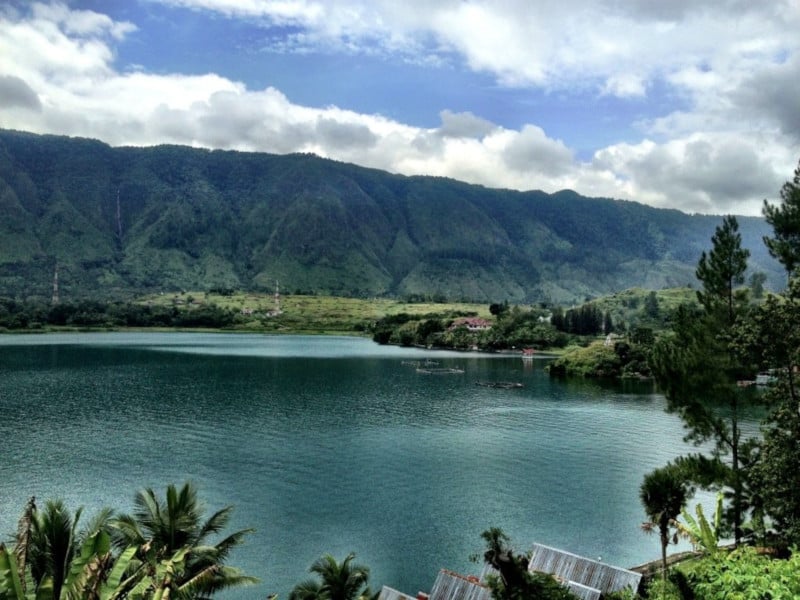
Lake Toba Location, Formation, and Ecology
The awe-inspiring Lake Toba formed in a section of the earth’s surface already quite well known for its abundance of geological marvels. It’s also a portion of that area that’s slightly isolated. That’s due to the fact that Nature created it as part of a remote section of Asia.
It’s situated on the stunning island of Sumatra. There, it sits in immediate central portion of the northern section of the landmass. This places the lake within a highland area, surrounded by numerous mountains and hills forming part of the Barisan Mountains range.
The earliest beginnings of this work of Nature reach back millions of years, and involved countless periods of volcanic activity. However, the lake as we know it today only formed due to events that occurred following a supereruption roughly 74,000 years ago.
The eruption ejected an estimated 672 cu mi (2,800 cu km) of volcanic material into the atmosphere. The volume of material ejected was so vast that it caused the ground to collapse, forming the large caldera that eventually filled with water to become the lake.
As a large and ancient lake formed the way it did, Lake Toba, hosts a unique and diverse ecological system. Its amazing ecology includes various plant and animal species, some of which remain endemic to the region. These mainly include various fish and plankton.
The areas surrounding it also host tropical rainforests and montane forests, featuring a rich diversity of plant species, including both hardwoods and softwoods. It also hosts wetland habitats that support a variety of plant and animal species, including aquatic plants.
The region it supports also hosts countless species of mammals, birds, reptiles, and amphibians, as well. Macaques and civets often here, along with the endangered Sumatran Tiger. Frogs, toads, lizards, and snakes also appear in large numbers, often near the water.
Features Sharing Its Region
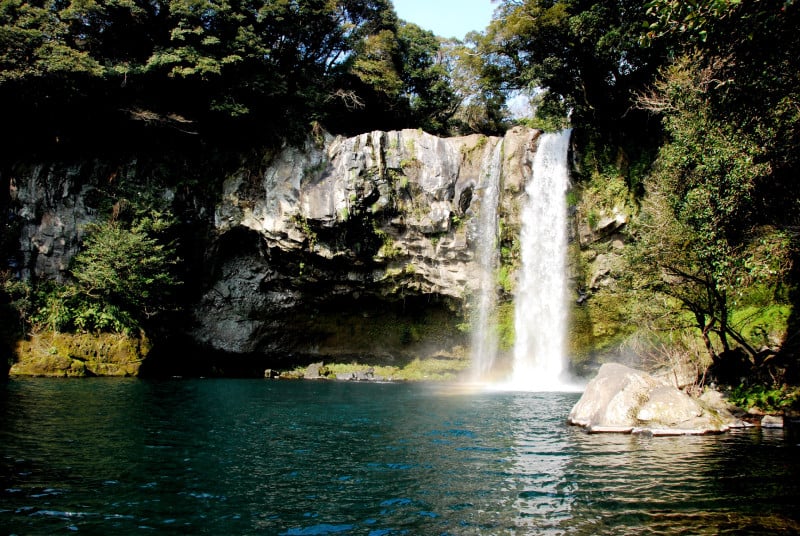
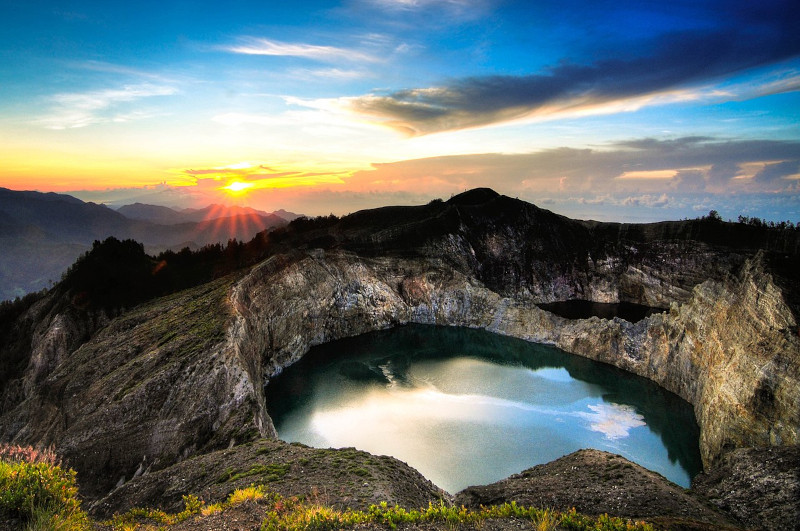
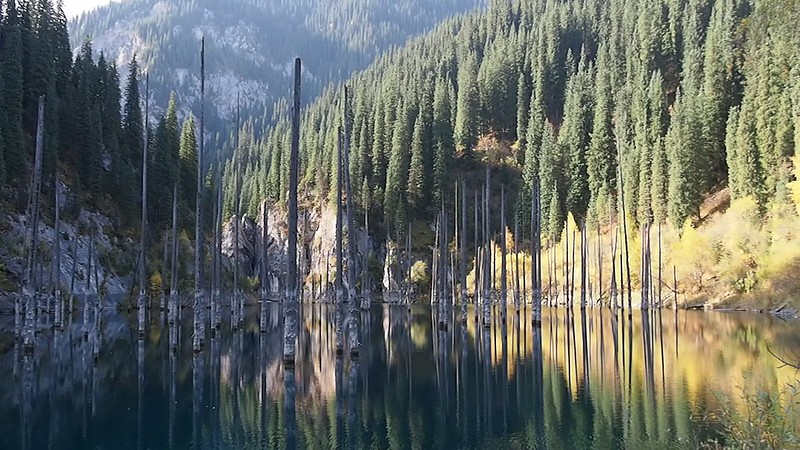
Check out our other articles on 5 Incredibly Wonderful Trees, Wood Frog, Phallus
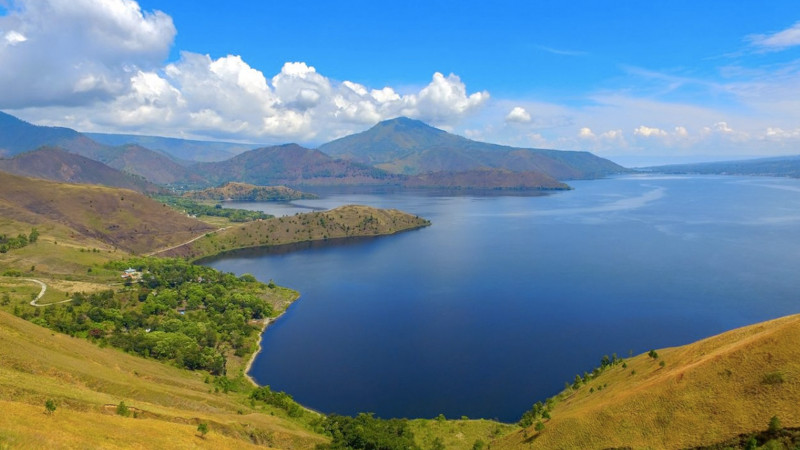









Leave a Reply